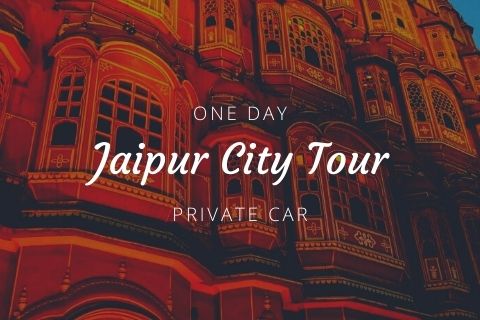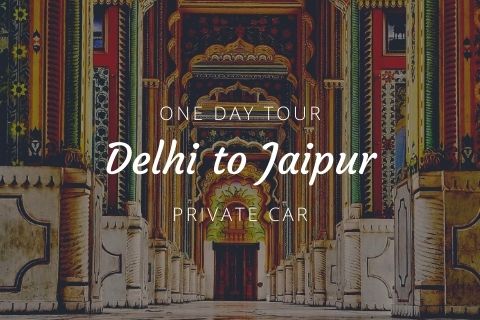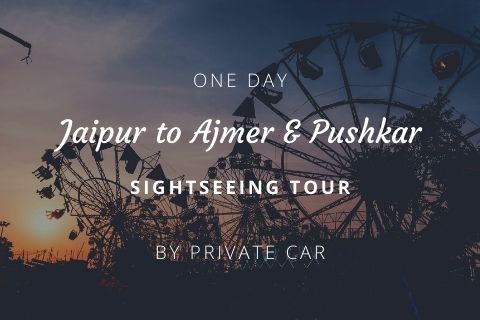Diwan e Khas Hall of Private Audience Jaipur Entry Fee
- 300 per person for Indian Adults (Day Visit)
- 150 per person for Indian Children (Day Visit)
- 1000 per person for Foreign Adults (Day Visit)
- 500 per person for Foreign Children (Day Visit)
- 500 per person for Indian Adults (Night Visit)
- 250 per person for Indian Children (Night Visit)
- 600 per person for Foreign Adults (Night Visit)
- 300 per person for Foreign Children (Night Visit)
Diwan e Khas Hall of Private Audience Jaipur Phone
0141 4088 888
Rating:  | 4/5 stars
| 4/5 stars
Based on total 21 reviews
Diwan e Khas Hall of Private Audience Jaipur Address: Tulsi Marg, Gangori Bazaar, J.D.A. Market, Kanwar Nagar, Jaipur, Rajasthan, 302002, India
Jaipur Tour Packages
Diwan e Khas Hall of Private Audience Jaipur Timings
| Day | Timing |
|---|---|
| Monday | 9:30 am – 6:30 pm 7:00 pm – 7:30 pm |
| Tuesday | 9:30 am – 6:30 pm 7:00 pm – 7:30 pm |
| Wednesday | 9:30 am – 6:30 pm 7:00 pm – 7:30 pm |
| Thursday | 9:30 am – 6:30 pm 7:00 pm – 7:30 pm |
| Friday | 9:30 am – 6:30 pm 7:00 pm – 7:30 pm |
| Saturday | 9:30 am – 6:30 pm 7:00 pm – 7:30 pm |
| Sunday | 9:30 am – 6:30 pm 7:00 pm – 7:30 pm |
The term "Rajasthan" translates to "Land of Rulers," and nearly every city in this state has gorgeous and majestic palaces and tourist attractions. With its rich culture and legacy that is still present in its numerous important cities, Rajasthan remains on the travel bucket list of nearly everyone in India and throughout the world.
Jaipur is unquestionably the top location to visit in Rajasthan, and when in Jaipur, one must see the City Palace! This Palace complex lies in the middle of the city, close to the Hawa Mahal and the Jantar Mantar. The City Palace is central to its inhabitants and the culture and history.
This castle is a model example of Rajputana grandeur, pride, splendor, and immortal legacy. Sawai Jai Singh II constructed the palace on a royal hunting lodge on a plain surrounded by a rocky hill range eight kilometers south of Amber city. It holds various structures like the Diwan-E-Khas, Diwan-E-Aam, etc.
The Diwan-E-Khas itself is a popular tourist destination in Jaipur. The marble-floored Diwan-E-Khas hall is located between the armory and the art museum and served as the King's private audience hall. Its gallery displays Mughal and Rajputana engineering styles.
History of Diwan-e-Khas Jaipur
The Jaipur City Palace is a structure with several courtyards and segmented structures spread across a vast arena. It was erected between 1727 and 1732 by Sawai Jai Singh II, the founder of Jaipur.
The 288-year-old structure is one of the best-kept examples of Rajputana architecture, and all Royal treasures, from paintings to dishes and chandeliers, have been conserved. Maharaja Sawai Jai Singh II had the inspiration to build this magnificent palace.
To develop Jaipur, he commissioned Bengali architect Vidyadhar Bhattacharya and Sir Samuel Swinton Jacob.
Location of Diwan-e-Khas Jaipur
The Diwan-E-Khas is in the Mubarak Mahal Courtyard of the City Palace.
Importance of Diwan-e-Khas Jaipur
Two enormous sterling silver vessels measuring 1.6 metres in height are on display here. Each weighs 750 pounds and has a capacity of 4000 litres, made from 14000 melted silver coins without soldering. They have been officially recognised as the ‘world's biggest sterling silver vessels’ by the Guinness Book of World Records.
Maharaja Sawai Madho Singh II, a devout Hindu, built these vessels to transport Ganges water to drink during his journey to England in 1901 for Edward VII's coronation. He was concerned about committing a religious offense by drinking English water. As a result, the vessels are known as Gangajelies, i.e. Ganges-water urns.
In addition, several crystal chandeliers are hanging from the ceiling, usually covered with plastic sheets to avoid dust accumulation, and are revealed on special occasions.
Diwan- E- Khas held all significant events involving eminent authorities and courtiers. The red stone archways, supported by marble pillars and decorated with white paints, are so breath-taking that words fail to do them justice.
#️Trivia- The City Palace is one of the very few monuments still used for its intended purpose. Sawai Jai Singh II descendants continue to live in the City Palace's residential complex, which means that one half of the palace is a museum and the other half is still a residential palace.
Image Gallery of Diwan e Khas Hall of Private Audience Jaipur, India
Sightseeing Spots Inside the City Palace
1. Mubarak Mahal: The architectural plans have divided the palace into three fundamental courtyards, housing the Mubarak Mahal. The marble engraved edifice, built in the 1900s by Maharaja Sawai Madho Singh II, is a reception hall that combines European, Mughal, and Rajputana architectural elements.
2. Ridhi Sidhi Pol: Ridhi Sidhi Pol is four tiny gates decorated with motifs representing four distinct seasons. Each door has a small carved marble symbol dedicated to a Hindu God at the axial center. The doors on all four gates are made of exquisitely engraved brass.
The Peacock Gate, dedicated to Lord Vishnu, signifies fall with peacock decorations on the gate. It is the most well-known and popular gate among travelers, and the tourists click the most photos of the City Palace in front of the Peacock Gate. The Lotus Gate, with its never-ending petal design, is devoted to Lord Shiva and Parvati and depicts the summer season.
The Green Leheriya Gate gets its name from its wave pattern, and the color green is associated with the spring season. Lord Ganesha is honored with this gate. The Rose Gate, with its repeating rose blossom designs, symbolizes the winter season and is dedicated to Goddess Devi.
#Trivia: Both of these doors' center emblems are in the shape of a sun, representing the power of man and woman in the world.
3. Diwan- E- Aam: Another renowned building witnessing Rajputana's magnificence is the House of Commons, also known as the Diwan-E-Aam. The Queens also attended the sessions, which were shielded from public view by a single-sided screened jali. The former meeting hall displays Maharaja's collection of priceless paintings and manuscripts.
Entry Fee and Timings of Diwan-E-Khas Jaipur
Timings of Diwan-e-Khas: Diwan-e-Khas is open all days of the week throughout the year. Day visit timings are from 9:30 AM to 6:30 PM and Night visit timings are from 7:00 PM to 7:30 PM.
Entry Fees for Diwan-e-Khas:
Day visit: The entry fee for Indian adults is Rs. 300 and for children aged between 5 to 12 years, the ticket fee is Rs. 150. For foreign nationals, the entrance fee for adults is Rs. 1000 and Rs. 500 for children.
Night visit: For Indians, the ticket fee is Rs. 500 for adults and Rs. 250 for children. For foreign nationals, the entrance fee for adults is Rs. 600 and Rs. 300 for children.
Best time to visit Diwan-e-Khas: The Diwan-e-Khas can be visited all year round however; winter months, between October and March are the best months to visit since the weather remains cool and pleasant as compared to the scorching heat of summers.
Things to Do at Diwan-E-Khas Jaipur
You can shop at the Museum stores or outside at the local marketplaces. You can also pay a visit to the Museum, and kids can enjoy the interactive learning programs.
How to Reach Diwan-E-Khas Jaipur
By Air- The City Palace is around 13 kilometres from Jaipur Airport. To get to the palace, take a cab from top car rental companies in Jaipur.
By Train- The palace is 4.5 kilometres from Jaipur Railway Station.
By Road- Local buses are available from everywhere in the city.
This palace is full of treasures, from private chambers to galleries and museums, that everyone should see. So, the next time you're in the city or planning a vacation to Jaipur, make time to check out this magnificent monument!
Make the most of your Jaipur tour by booking a Jaipur tour package with us. We at Jaipur Tourism, a division of Holidays DNA make sure that you have a great time exploring the popular sightseeing places of Jaipur. To know more about our packages, please fill the Contact Us form.





